From July 20 to August 20, 32 teams will compete in 64 matches at 10 different stadiums in Australia and New Zealand, making the 2023 Women's World Cup the largest in women's football history.
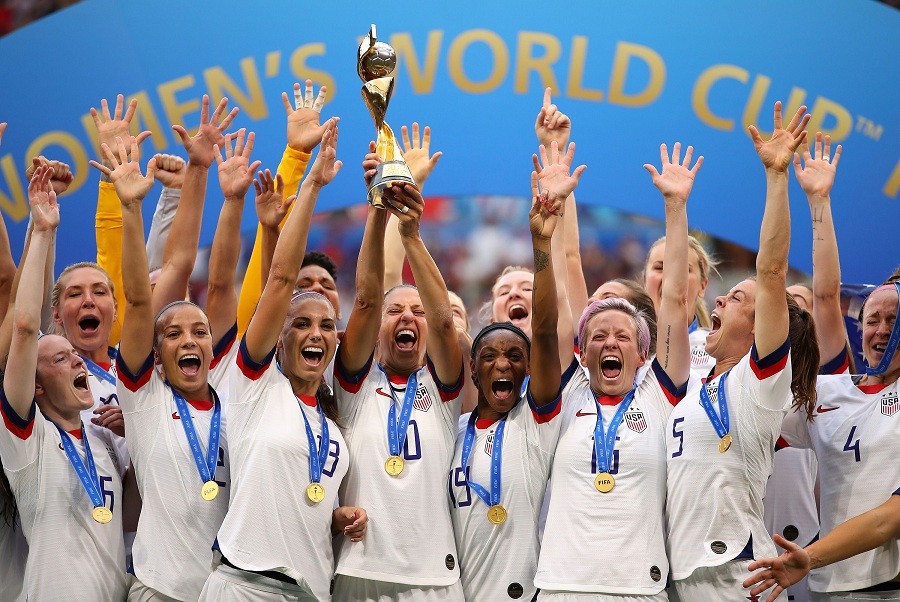 |
| The US women's national soccer team celebrates victory at the 2019 Women's World Cup. (Source: Getty) |
The United States Women's National Soccer Team (USWNT) will enter the 2023 Women's World Cup as the defending champions of the last two tournaments and are considered the favorites to win an unprecedented third consecutive title in Women's World Cup history. If they win again this year, they will have won five titles in total.
However, many expect this year's Women's World Cup to be more competitive than previous seasons, especially as European nations closely follow the US team.
In the exciting atmosphere of the 2023 Women's World Cup just kicked off, here are some things football fans need to know:
Venue
For the first time in history, the Fédération Internationale de Football Association (FIFA) Women's World Cup is being held in two countries, Australia and New Zealand. This is also the first time the tournament has been held in the Southern Hemisphere.
Matches will be held at six stadiums across Australia, including Brisbane, Adelaide, Perth, Melbourne and Sydney, along with four stadiums in New Zealand, including Dunedin, Auckland, Hamilton and Wellington.
The final is scheduled to be held at Stadium Australia in Sydney, which has a capacity of 81,500.
Last month, ticket sales for the tournament surpassed the record set by the eighth Women's World Cup in France, making the 2023 Women's World Cup the largest-attended standalone women's sporting event in history, according to FIFA.
By the end of June, FIFA had sold more than a million tickets, most of them for matches in Australia. Ticket sales in New Zealand were slower, which FIFA attributed to the country's low soccer popularity.
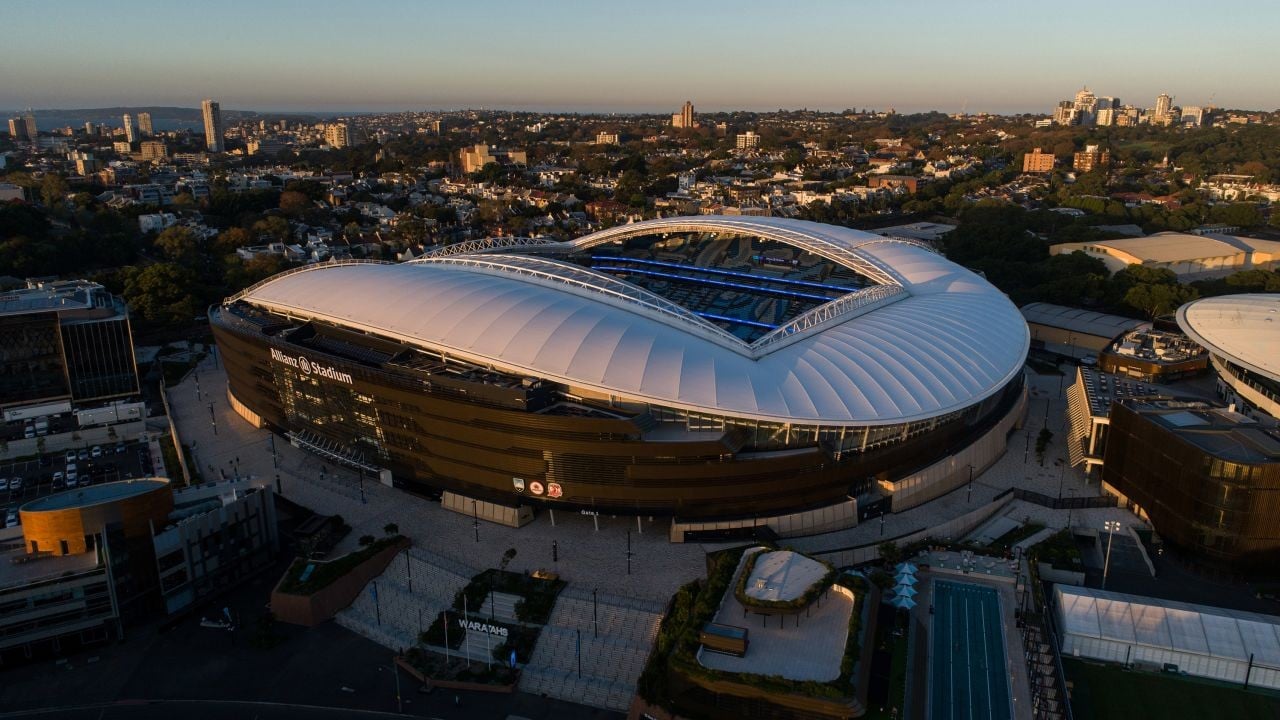 |
| Sydney Football Stadium, where six matches of the 2023 Women's World Cup will take place. (Source: Getty) |
How to watch online
In Vietnam, all 64 matches of the tournament will be broadcast live on Vietnam National Assembly Television (Channel 7) and VTVCab channels on TV360, AVG, Clip TV, SCTV...
Details of the media rights broadcasters in each country are available on the FIFA website.
Which teams will participate?
A total of 32 teams will compete in the 2023 Women's World Cup, eight more than in the previous two editions. They include some familiar faces such as the United States, two-time champions Germany, European champions England and 2019 runners-up the Netherlands, along with eight debutants: Haiti, Morocco, Panama, Philippines, Portugal, Ireland, Vietnam and Zambia.
Top championship contenders
According to sports data firm Gracenote, the US is the favorite with an 18% chance of winning.
However, this year's tournament promises to be more exciting, with Sweden and Germany both having 11% chances according to Gracenote's prediction. In addition, France has 9%, while England, Spain and Australia all have 8% chances.
This is reflected in the preliminary FIFA women's football team rankings, with the US, Germany, Sweden, England and France currently making up the top five teams in the world.
Notable players
Sam Kerr, the Australian striker who plays for Chelsea, will carry the weight of national expectations as she is a star player for the Matildas (the name of the Australian national football team) and is also the team's top scorer with 62 goals.
This tournament could be Australia's best chance of reaching a first-ever Women's World Cup semi-final and captain Kerr is a pillar of the host nation's grand plans this year.
For some of the ageing stars of women's football, the tournament will mark the end of an era. Brazilian superstar Marta, 37, will call it quits after scoring a record 17 goals at the Women's World Cup, while the United States' Megan Rapinoe has announced she will retire after the tournament. This will be her fourth and final Women's World Cup.
Alex Morgan, 34, is also one of the oldest players on the US team and will join young forwards Trinity Rodman, Sophia Smith and Alyssa Thompson in their first World Cup.
Meanwhile, Spain's Alexia Putellas is a back-to-back Ballon d'Or Féminin winner - the award for the best female player - who returned earlier this year from a cruciate ligament injury.
Two other Barcelona stars, England midfielder Keira Walsh and Nigeria striker Asisat Oshoala, will also play key roles for their national teams.
Other notable faces include Ada Hegerberg, who won her first Ballon d'Or in 2018, who is part of the potential Norway squad, along with Caroline Graham Hansen.
Additionally, Wendie Renard (France), Pernille Harder (Denmark) and Alexandra Popp (Germany) are expected to feature prominently for their national teams.
 |
| Sam Kerr, the Australian striker who plays for Chelsea, is the hope of the whole country as she is an excellent player for the Matildas (the name of the Australian national football team) and is also the team's leading scorer with 62 goals. (Source: Getty) |
The nightmare of cruciate ligament injury
ACL injuries are keeping some of the biggest stars in women's football out of this year's World Cup.
Netherlands women's all-time leading goalscorer Vivianne Miedema, England captain Leah Williamson and team-mate Beth Mead all ruled out of the tournament with cruciate ligament injuries.
Also on the list of injured cruciate ligaments are US star Cat Macario, Germany's Giulia Gwinn and young striker Iman Beney of Switzerland.
Unfortunately, USA captain Becky Sauerbrunn will also miss the tournament with a foot injury, along with international teammate Mallory Swanson, who tore her patellar tendon last month.
Generous Bonus
FIFA has announced that prize money for this year's tournament will increase to $110 million. In addition, FIFA will give an additional $31 million to teams for preparation and $11 million to clubs for allowing their players to participate in the tournament.
The $110 million prize money is nearly three times higher than in 2019 and nearly seven times higher than in 2015, but still far below the $440 million prize money awarded at the men's World Cup in Qatar last year.
Earlier this year, FIFA President Gianni Infantino expressed hope that the 2027 Women's World Cup and the 2026 Men's World Cup would have equal prize money.
Source


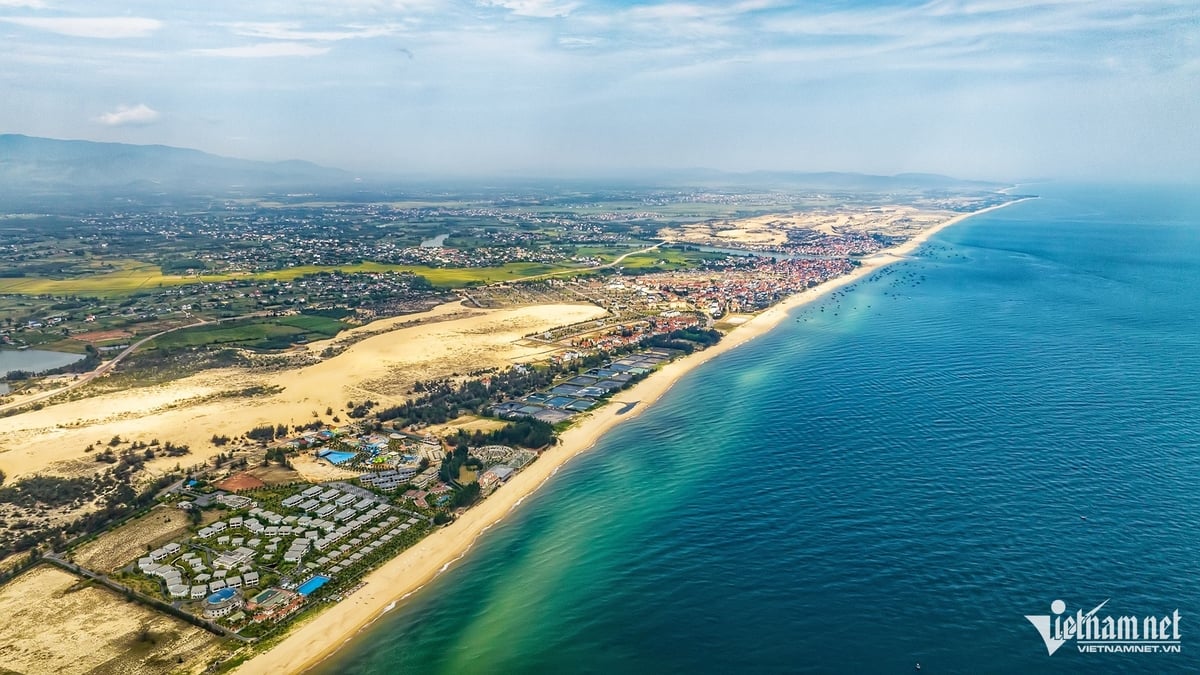
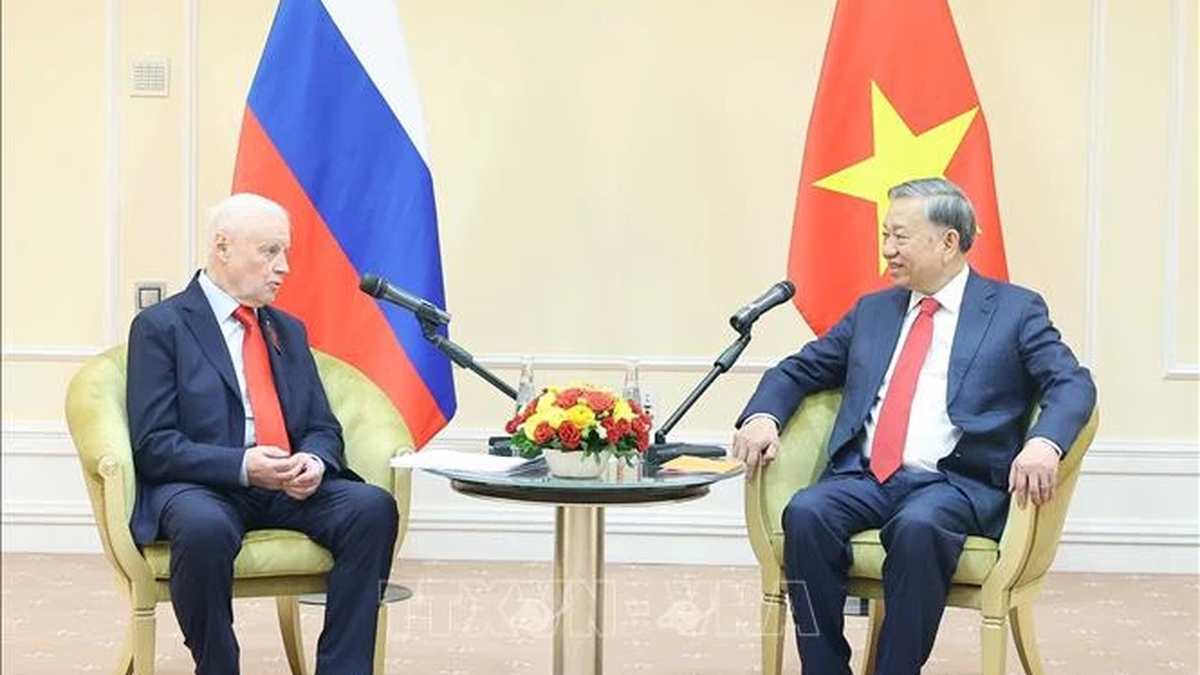
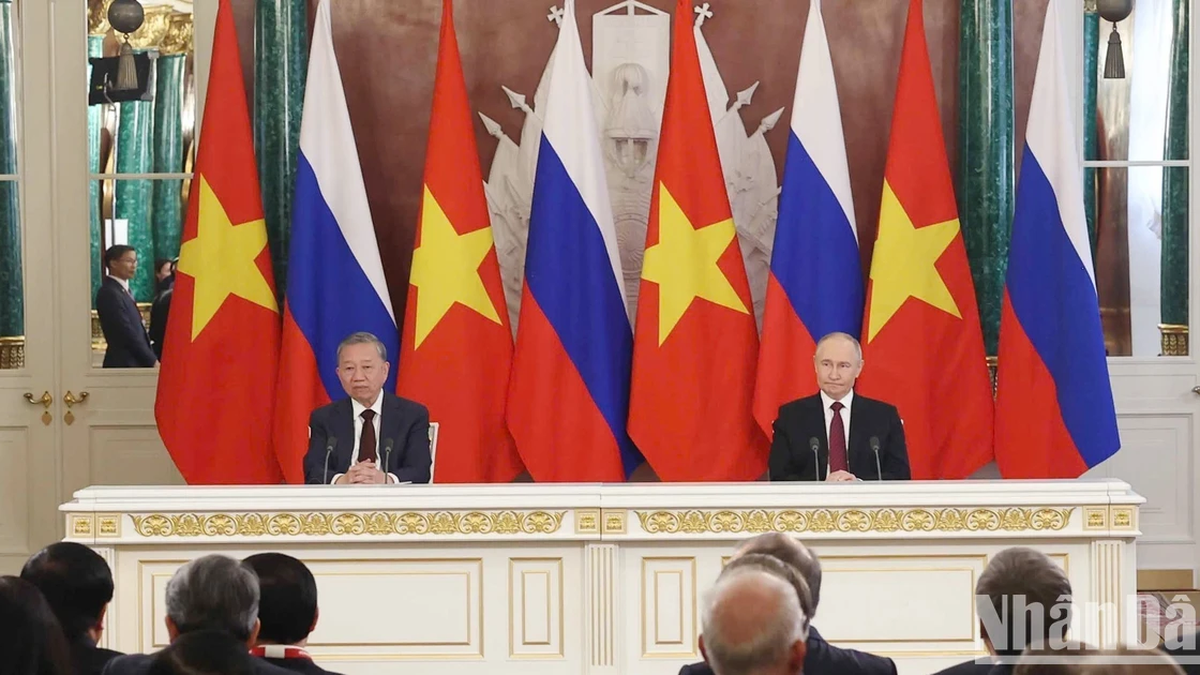
![[Photo] Prime Minister Pham Minh Chinh chairs Government Standing Committee meeting on Gia Binh airport project](https://vphoto.vietnam.vn/thumb/1200x675/vietnam/resource/IMAGE/2025/5/10/6d3bef55258d417b9bca53fbefd4aeee)
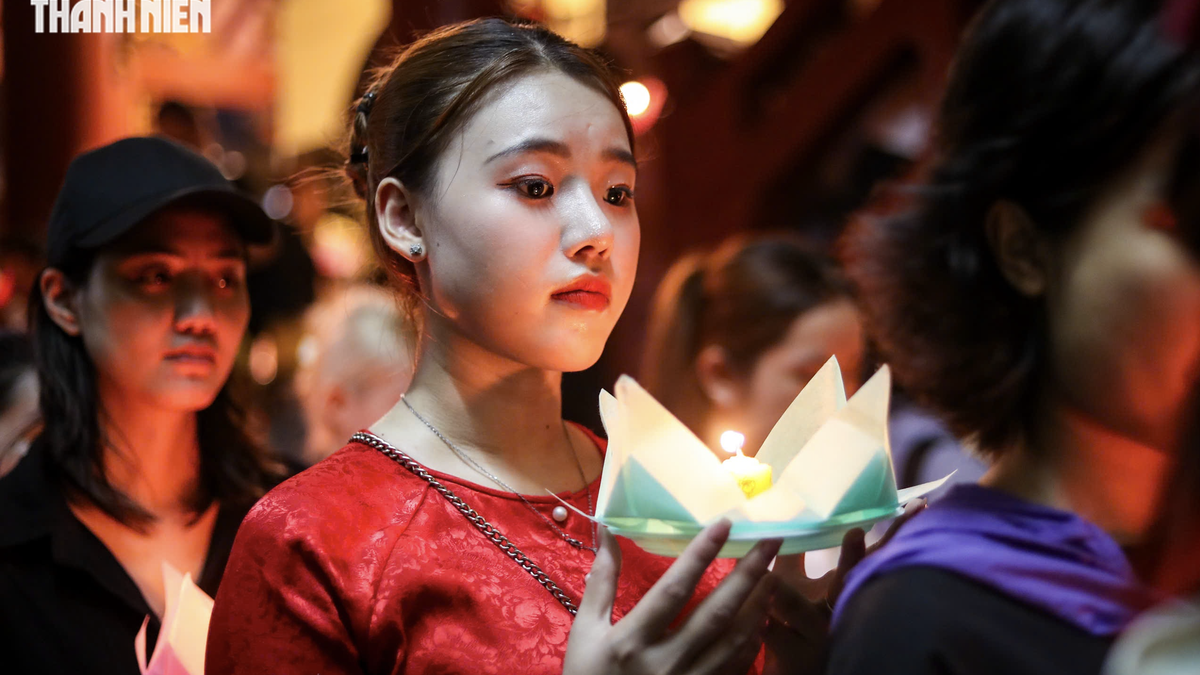

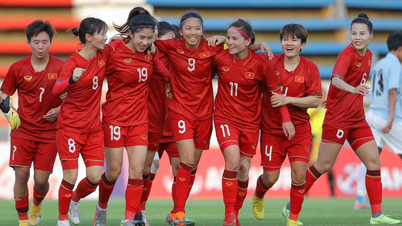



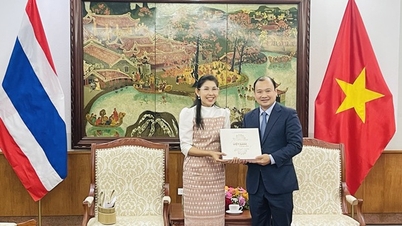

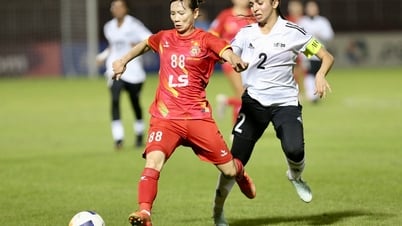



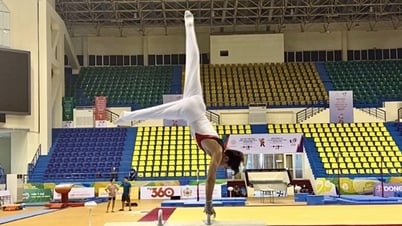

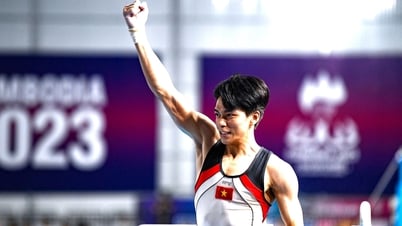








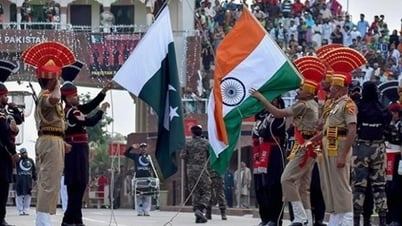


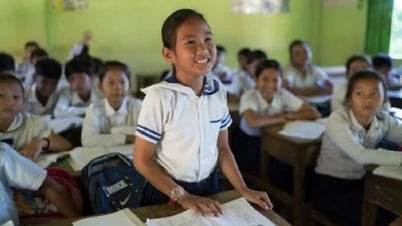
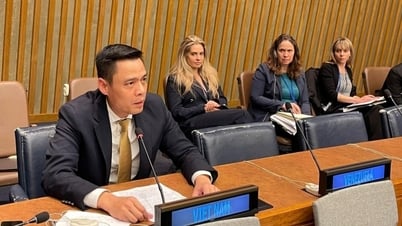
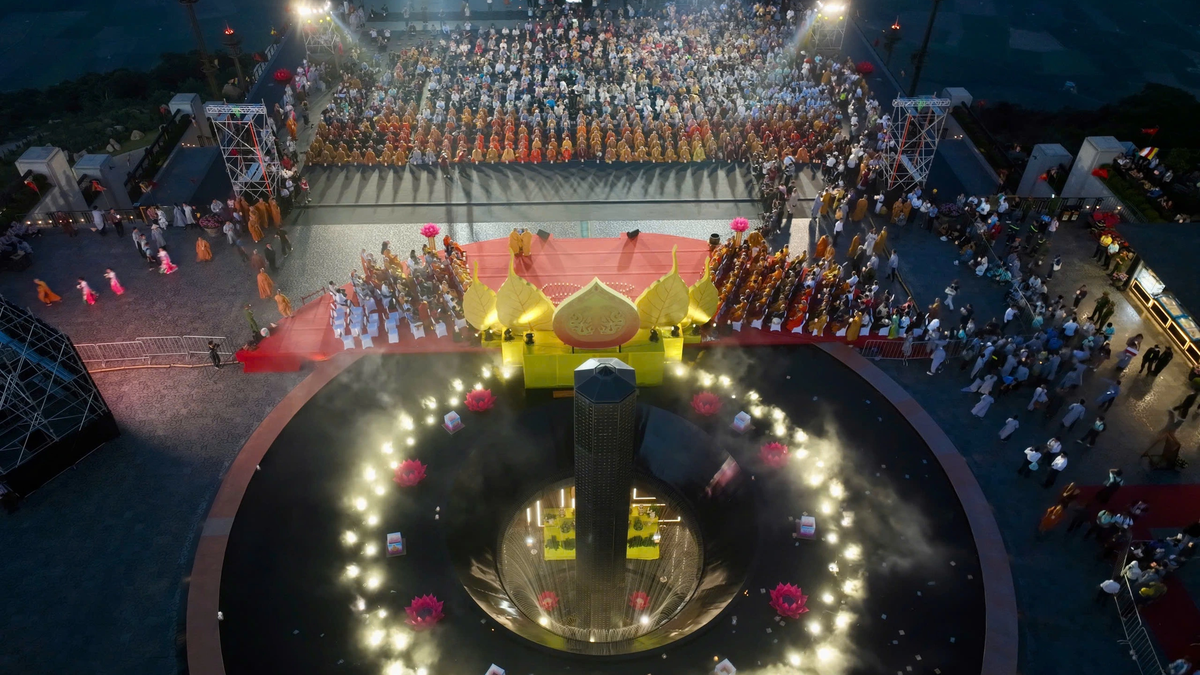






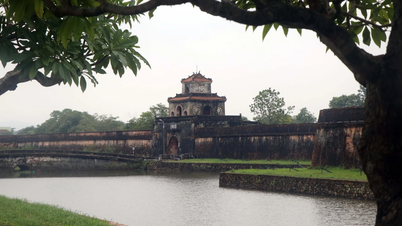

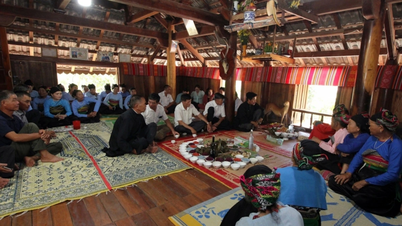

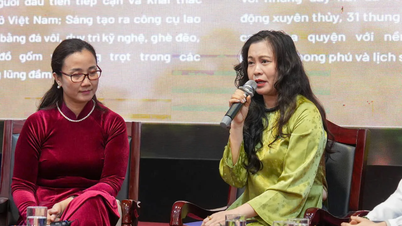

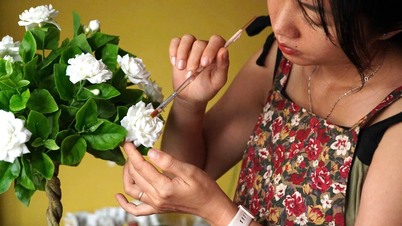

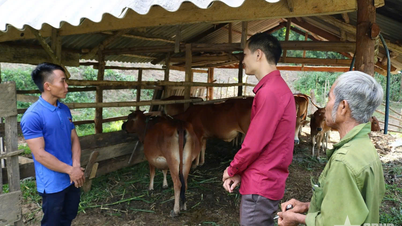

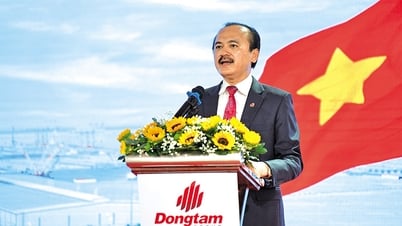

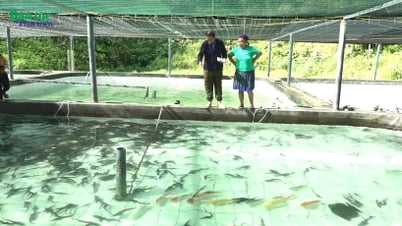










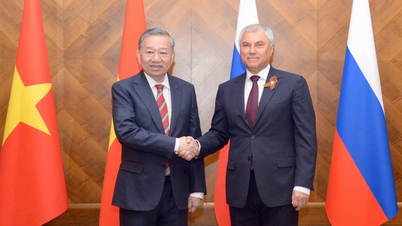



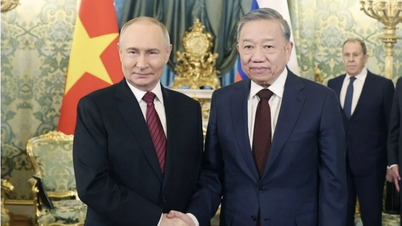
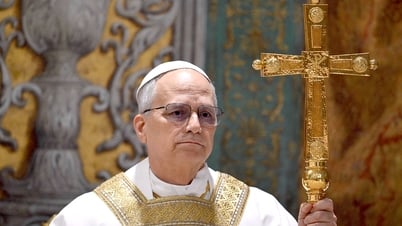
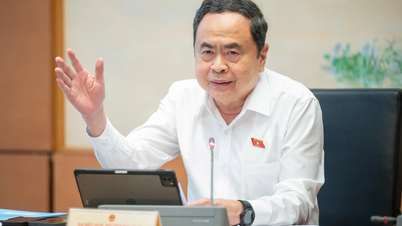
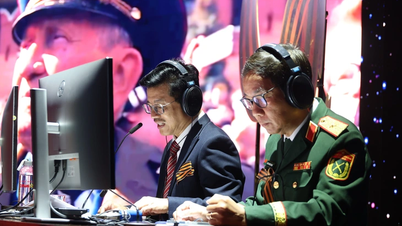









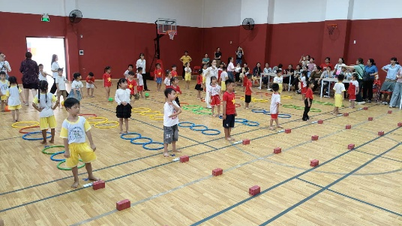




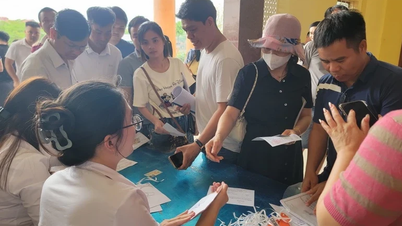













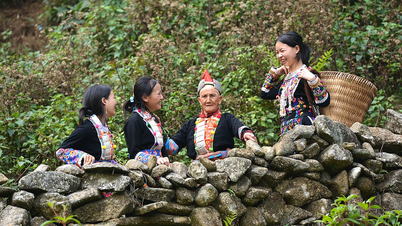
Comment (0)